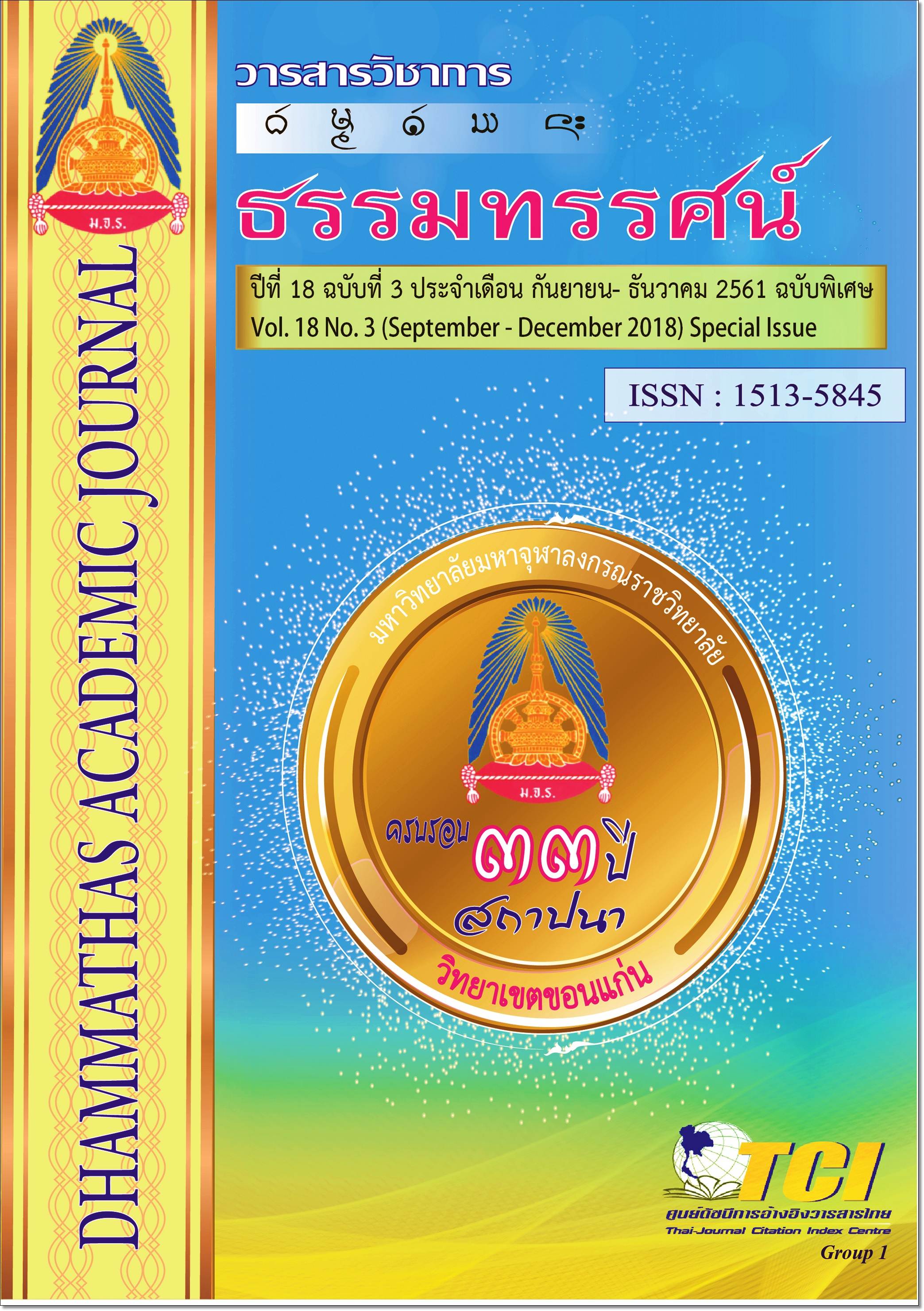Marginalized People : A Case Study at Intersection of Ubon Ratchathani Municipality
Main Article Content
Abstract
The research aimed to analyze the living conditions of people selling garlands at the intersection, and factors enabling those people to become marginalized people. The in-depth interview was used to analyze the target group of 14 people selling garlands at the intersection in the Ubon Ratchathani municipality. The qualitative research method was also applied with unstructured or unstandardized interview, or guided interview. It comprised two parts of questioning ; part one was to obtain general information of the interviewee, and part two was to obtain information on living conditions of the interviewee. The content analysis came from gathering documents and interviews, and was presented in the form of descriptive analysis.
The research found that: the people selling garlands at the intersection could be described as a key word in referring to the marginalized people. This key word also led to understanding of causes enabling these people to become marginalized people without the rights of justice in terms of political, economic, social and cultural factors, as well as discrimination, classes and devaluation in society, which were all the causes of "Marginalized people at the intersection”.

